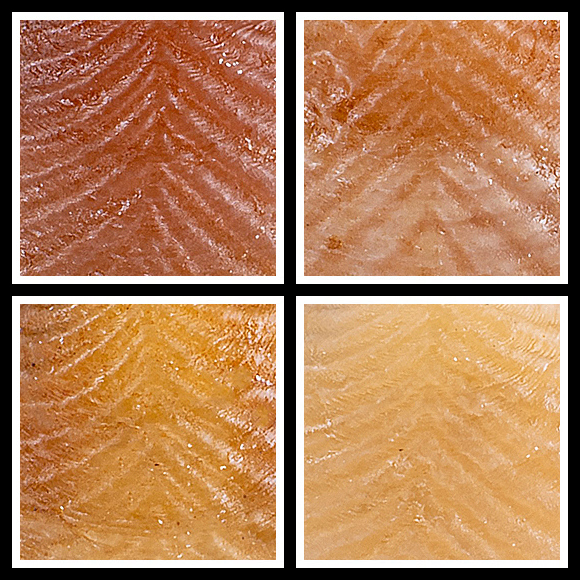
Original taxon: Astarte calliglypta.
Synonyms: bipartita, calligona.
120m deep, in shell grit, Bozcaada island, Çanakkale, W. Marmara province, NW. Turkey, North Aegean. 3-3,2mm.
Inner margin crenulate, obsolete lunule.

Original pictures provided by A. Nappo (IT).
– CC BY-NC-SA) –
The genus Gonilia Stoliczka is characterized by the divaricate ribbing of the valves. It seems here important to say a word about this oblique ribbing: « …oblique ribs in bivalves are usually assumed to perform a burrowing-related function. Seilacher (1972), in applying the paradigmatic method, found three essential requirements for this function: (1) orientation transverse to the burrowing direction (cross orientation); (2) asymmetric cross section, such that they show a gentle slope in the burrowing direction and a steep, sometimes inverted slope in the opposite direction (frictional asymmetry); and (3) constant size, so as to maintain a certain correspondence to grain size, which is usually achieved by allometric densing (i.e. introduction of new ribs). A fourth feature is perimeter smoothing, by which ribs are subdued at the zone of maximum cross-sectional area. As pointed out by Seilacher, these highly functional patterns display little variability among specimens. » – Checa & Jiménez-Jiménez: “Evolutionary morphology of oblique ribs of Bivalves”, Paleontology, vol. 46, 2003.
